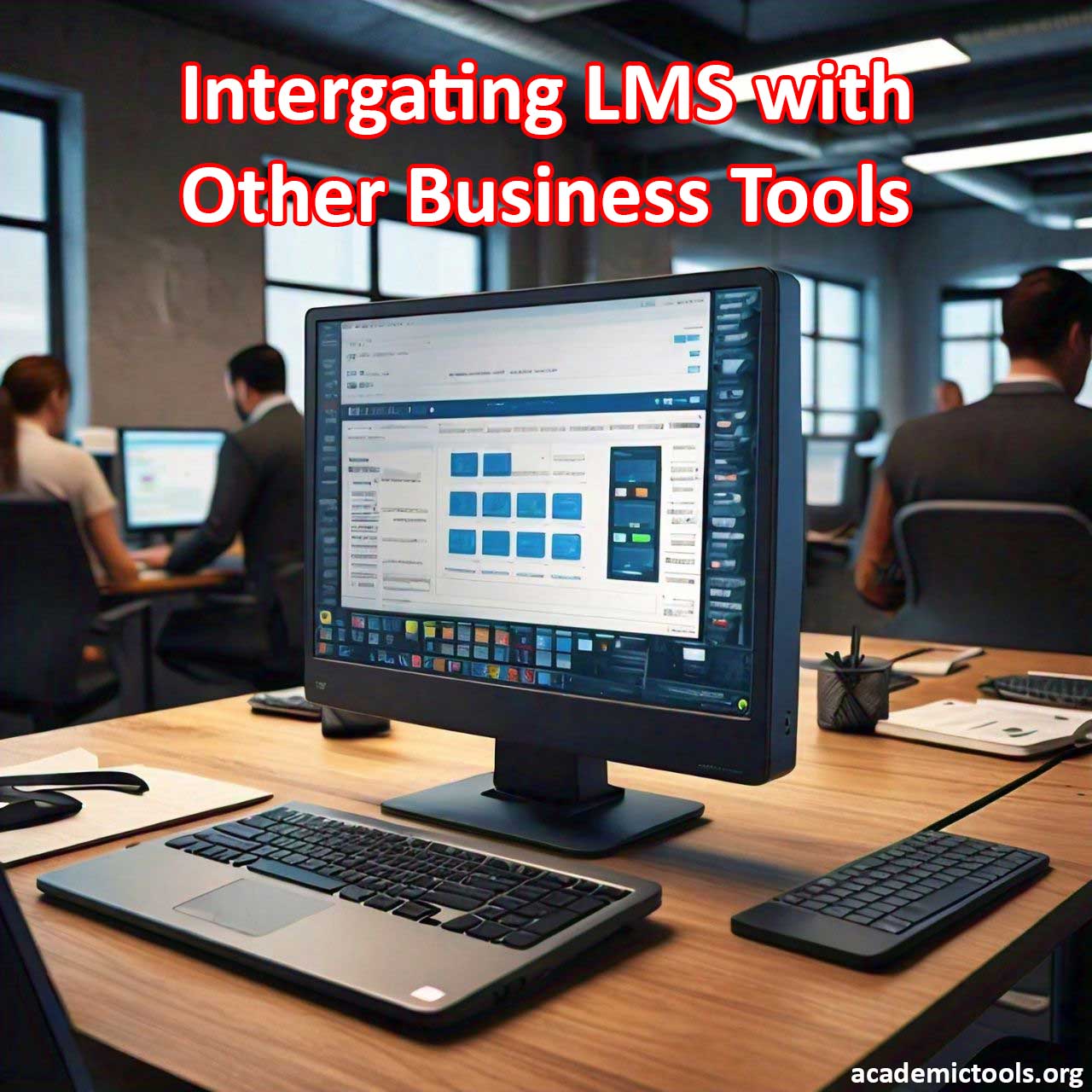In today’s digital age, Learning Management Systems (LMS) have become the cornerstone of modern education and corporate training. The key to maximizing these platforms lies in strategic LMS improvement initiatives that evolve with technological advances and changing learner needs.
Table of Contents
Understanding Your Current LMS State: The Foundation for Improvement
According to the Brandon Hall Group’s Learning Technology Study, only 38% of organizations report satisfaction with their current LMS implementation. This statistic highlights the significant opportunity for LMS improvement across institutions and organizations.
Conducting a Comprehensive Assessment
A successful strategy begins with a thorough evaluation of the current system’s performance. Organizations should focus on:
- User engagement metrics
- Course completion rates
- Technical performance data
- User satisfaction levels
- Feature utilization rates
Setting Clear Improvement Goals: Creating a Strategic Roadmap
Effective improvement requires well-defined objectives. The implementation of SMART goals ensures that improvement efforts remain focused and measurable:
- Specific: “Increase course completion rates by 25%”
- Measurable: “Reduce support tickets by 30%”
- Achievable: “Implement mobile learning for top 10 courses”
- Relevant: “Enhance assessment diversity”
- Time-bound: “Complete by Q4 2025”
Data Collection and Analysis: The Core of LMS Improvement
Identifying Critical Metrics
Successful improvement initiatives rely on comprehensive data analysis. Key areas to monitor include:
- Learning progress metrics
- Engagement indicators
- Technical performance data
- User behavior patterns
- Resource utilization
Establishing Effective Tracking Systems
A structured approach to data collection supports ongoing LMS improvement efforts:
- Define key performance indicators (KPIs)
- Implement automated data collection
- Create regular reporting schedules
- Establish baseline measurements
- Define success thresholds
Implementation Strategies: The PDSA Cycle in LMS Improvement
Plan: Strategic Design Phase
Successful improvement initiatives begin with careful planning that considers:
- Resource requirements
- Timeline development
- Risk assessment
- Stakeholder impact
Do: Executing Improvements
Implementation success depends on careful attention to:
- Pilot testing procedures
- Comprehensive user training
- Technical support systems
- Progress monitoring mechanisms
- Systematic feedback collection
Study: Analyzing Implementation Results
The analysis phase of LMS improvement requires:
- Detailed results analysis
- Baseline comparisons
- Structured user feedback
- Documentation of learnings
Act: Refinement and Optimization
Based on analysis results, organizations should:
- Adjust implementation strategies
- Scale successful changes
- Address identified issues
- Update system documentation
Measuring Success: Comprehensive Evaluation Methods
Quantitative Metrics in improving LMS
Track improvements through:
- Course completion rates
- User engagement levels
- Support ticket volumes
- System performance metrics
- Resource utilization data
Qualitative Assessment
Comprehensive evaluation includes:
- User satisfaction surveys
- Focus group discussions
- Instructor assessments
- Student feedback analysis
- Administrative insights
Stakeholder Engagement: Fostering Improvement Culture
Building Stakeholder Participation
Successful improvement requires active stakeholder involvement through:
- Regular feedback sessions
- Recognition programs
- Suggestion systems
- Progress updates
- Success celebrations

Training and Support Systems
Effective LMS improvement depends on robust support:
- Comprehensive training programs
- Updated documentation
- Support team development
- Change management protocols
- Regular communication channels
Maintaining Momentum: Ensuring Continuous LMS Improvement
Creating Sustainable Progress
Long-term success in LMS improvement requires:
- Scheduled review processes
- Clear responsibility allocation
- Dedicated resources
- Progress monitoring systems
- Recognition of achievements
Future-Proofing Your LMS: Emerging Trends
Organizations should consider these advancing technologies in their LMS improvement strategies:
- Artificial Intelligence integration
- Mobile learning capabilities
- Personalization features
- Advanced analytics
- System integration options
Conclusion: Implementing Your LMS Improvement Strategy
The path to effective LMS improvement begins with actionable steps:
- Complete current state assessment
- Establish improvement objectives
- Implement data collection systems
- Design improvement cycles
- Engage key stakeholders
Starting Your LMS Improvement Journey
Embarking on a path of improving LMS requires a deliberate and strategic approach. Organizations should start by assessing their current LMS state, gathering stakeholder feedback, and identifying priority areas for enhancement. The key to successful improvement lies in taking systematic, well-planned steps toward clearly defined goals, and establishing a culture of continuous evaluation and refinement. This proactive approach unlocks the full potential of the learning platform, enhancing the learning experience and driving greater engagement and success.



